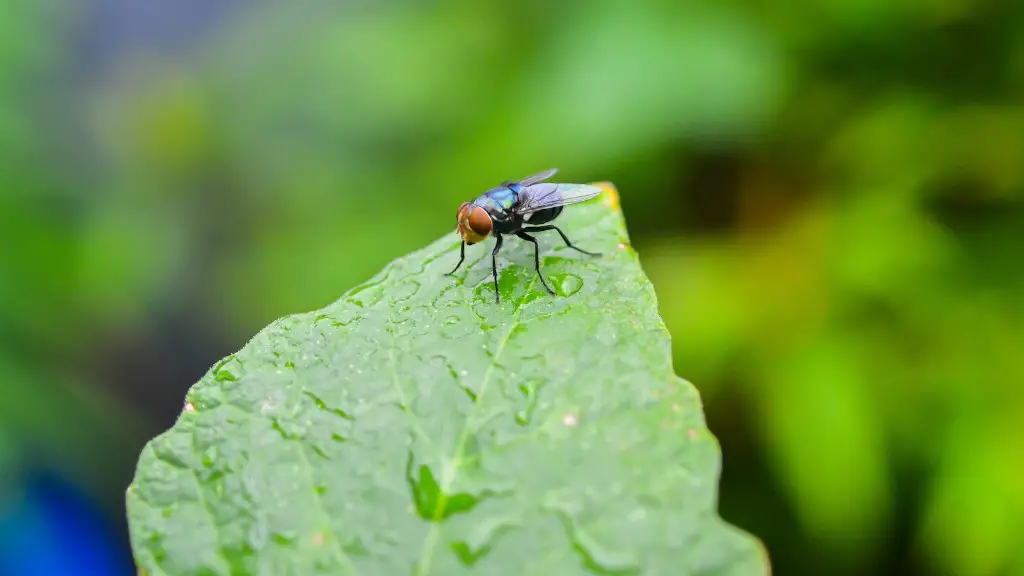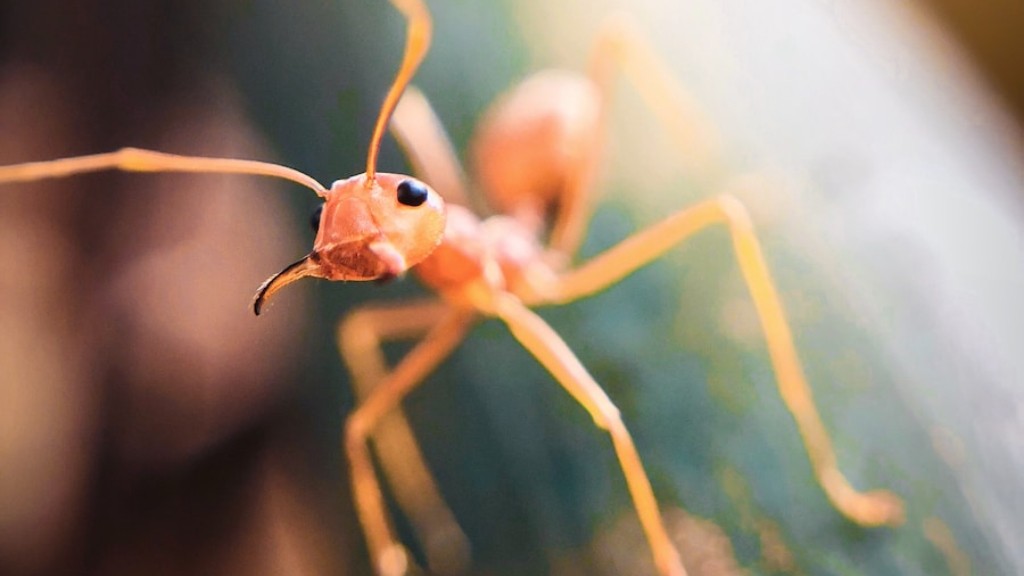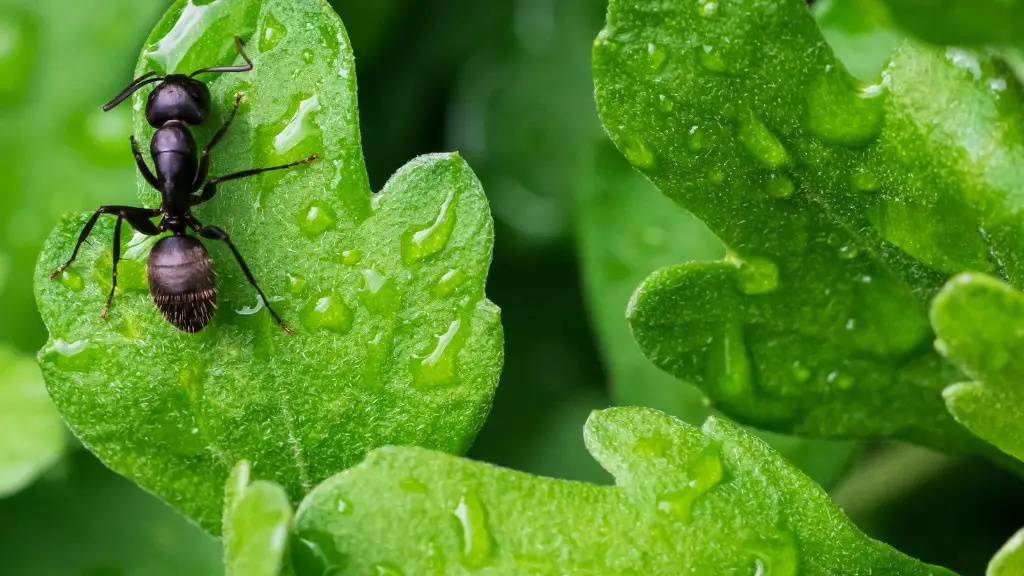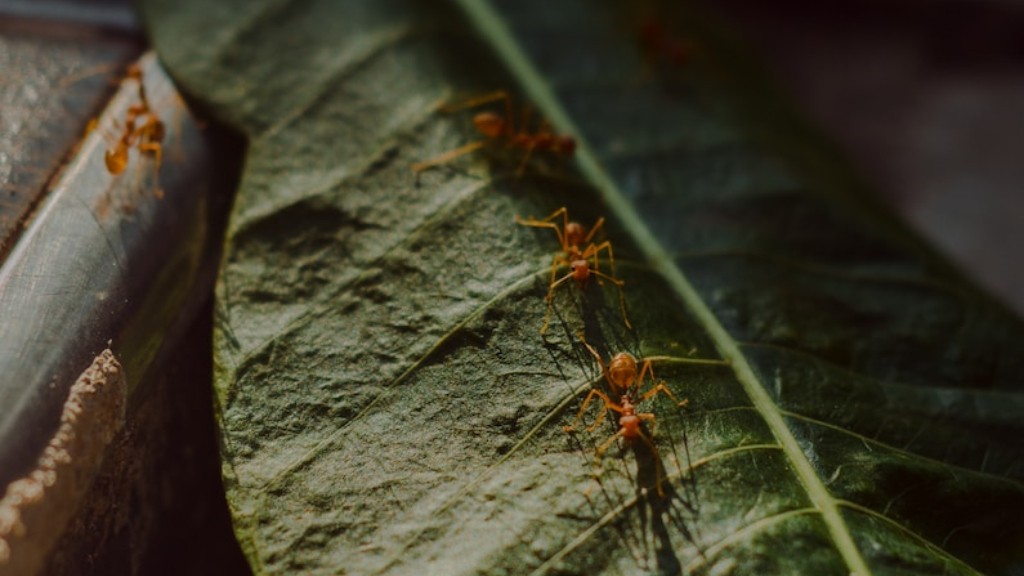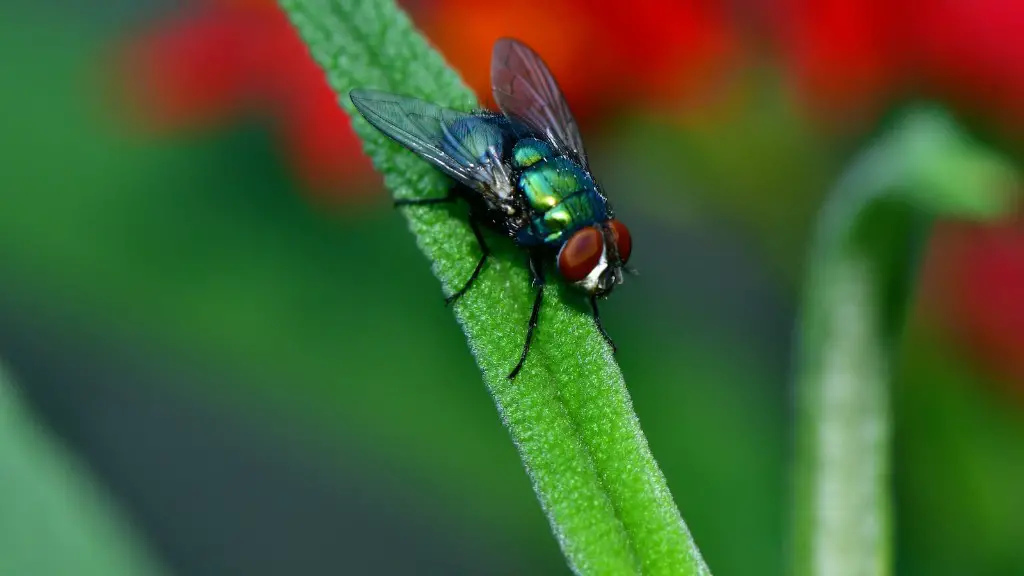House flies mainly eat garbage and other decaying organic matter, which is why they’re often found near dumpsters or other places where there is decaying food. However, they will also eat fresh food if given the opportunity. Additionally, they have been known to nibble on blood from wounds or open sores.
House flies commonly eat rotting food, feces, and other decaying organic matter. They have been known to carry and transmit a number of diseases, including Typhoid Fever, Cholera, and Dysentery.
What do flies like to eat the most?
House flies and fruit flies are both attracted to decaying organic matter, but they have different preferences. House flies are more attracted to feces and rotting meat, while fruit flies are more attracted to sugary substances like overripe fruit and spilled soda. Both types of flies can be a nuisance, so it’s important to keep your home clean and free of potential food sources for them.
House flies are able to digest their food quickly and efficiently. This means that they also defecate often. It is speculated that house flies defecate every time they land, even if it’s on their next meal!
How long does a fly live inside a house
The life expectancy of a housefly is generally 15 to 30 days and depends upon temperature and living conditions. Flies dwelling in warm homes and laboratories develop faster and live longer than their counterparts in the wild.
There are many things that can bring flies indoors, such as garbage cans left uncovered, animal carcasses in the walls, manure or pet faeces around yards, rotten potatoes, onions or overripe or rotting fruits, liquids such as beer, wine, cider, or vinegar, dirty or leaky drains, and spilt animal feed. Heat can also be a factor, as flies are more active in warm weather.
Where do house flies go at night?
House flies are attracted to light and will often rest on ceilings, electric wires, and light cords at night. They prefer corners and edges, and thin objects such as wires and strings. Night resting places are often near daytime food sources and are usually 5 to 15 feet off the ground.
The fruit fly Drosophila melanogaster is a social animal. Flies kept in chronic social isolation have now been found to show dysregulated sleep and feeding patterns, casting light on how prolonged absence of social contact affects health.
Studies on fruit flies have found that social isolation leads to changes in sleep patterns and feeding behaviors. These changes can be harmful to the health of the flies and may have implications for other social animals, including humans.
Prolonged social isolation can have a negative impact on health, and this effect may be amplified in social animals. These findings suggest that social contact is important for maintaining healthy sleep and feeding patterns.
Can I eat food that a fly landed on?
If you spot a fly on your food, it’s usually not a big deal. Flies can carry bacteria, viruses and parasites, but it’s unlikely that a single touchdown will cause illness. If you’re worried, you can always throw the food out.
Flies have compound eyes, which means that they have multiple facets (lenses) that focus light onto clusters of photoreceptors. This gives them very good vision, and they can see things that humans cannot.
Why do flies fly in your face
Flies and other blood-feeding insects are attracted to carbon dioxide, so they are often drawn to our faces and hands. However, the insect sensory system also helps them find exposed skin, so they can be a nuisance even when we are fully covered.
The Fly is a very misunderstood creatures. Sure, they may land on your food and sometimes your face, but they are actually quite harmless. Their mouth is very soft and spongelike, designed to suck up secretions on the skin. They are interested in sweat, proteins, carbohydrates, salts, sugars and other chemicals and pieces of dead skin that keep flaking off. So next time a fly lands on you, don’t freak out! They’re just doing their thing.
Do house flies lay eggs in humans?
Flies can be extremely dangerous because they can lay their eggs on or near open wounds. The larvae that hatch from these eggs can burrow into the skin and cause serious damage. Some species of flies can even cause the larvae to move deeper into the body, which can lead to even more severe damage.
Flies are attracted to food and other organic matter, and can spread diseases by contaminating surfaces with their saliva or feces. House flies, for example, can spread diseases such as food poisoning and dysentery. Flies can also be a nuisance, and their bites can be painful.
Does killing house flies attract more
The next time you see a fly in your house, think twice before you swat it. Killing that one fly could attract even more flies. That’s because when a fly is killed, it releases a chemical called oleic acid. This chemical is a pheromone, a scent that sends a message, that attracts other flies. So when you kill a fly, you’re also releasing a message that more flies should come around.
If you’re trying to get rid of flies, there’s a better way to do it. Instead of killing them, try to trap them. You can do this by pouring a little sugar water or vinegar into a container. The flies will be attracted to the scent and will fly into the container, but won’t be able to fly back out.
As scavengers, flies consume rotting organic matter that would otherwise be left to decompose in the environment. This is a very important role as it helps to keep areas clean and free of debris. Without flies, there would be an accumulation of rubbish and dead animal carcasses, which would be unsightly and unsanitary.
Do house flies have good memory?
Even a tiny, small-brained fruit fly can learn simple tasks and form memories. And, like people, some flies can learn and remember better than others.
Fruit flies are actually a really good model for studying learning and memory in humans. That’s because they share a lot of similarities with us, including genetics.
Scientists have found that fruit flies use two different types of memory: short-term and long-term. Short-term memory lasts just a few seconds, while long-term memory can last for days, weeks, or even months.
Interestingly, fruit flies can also learn by observing others. So, if one fruit fly learns how to do something, another fruit fly is likely to learn it too.
Overall, fruit flies are a helpful tool for scientists who are trying to understand how learning and memory work in humans.
Flies are diurnal animals, which means that they are active during the day and sleep at night. Even when they are kept in constant darkness, they will still sleep mainly at night. This is because their sleep patterns are regulated by their internal clocks, which are set to the 24-hour day/night cycle.
What time of day are house flies most active
This study found that house fly flight activity generally starts near dawn and increases to a single broad activity peak during mid to late morning. This activity is similar for both males and females. Clear sticky traps were used to capture the flies over hourly intervals.
Insects, and fruit flies in particular, feel something akin to acute pain called “nociception.” When they encounter extreme heat, cold or physically harmful stimuli, they react, much in the same way humans react to pain.Over 15 years ago, researchers found that
Conclusion
House flies consume both solid and liquid food sources. They are particularly attracted to garbage and rotting fruit.
House flies are not very picky when it comes to their food. They are known to eat just about anything, from food scraps to animal droppings. This makes them one of the most common pests in homes and restaurants. While they may not be the most pleasant creatures, understanding what they eat can help you keep them away.
